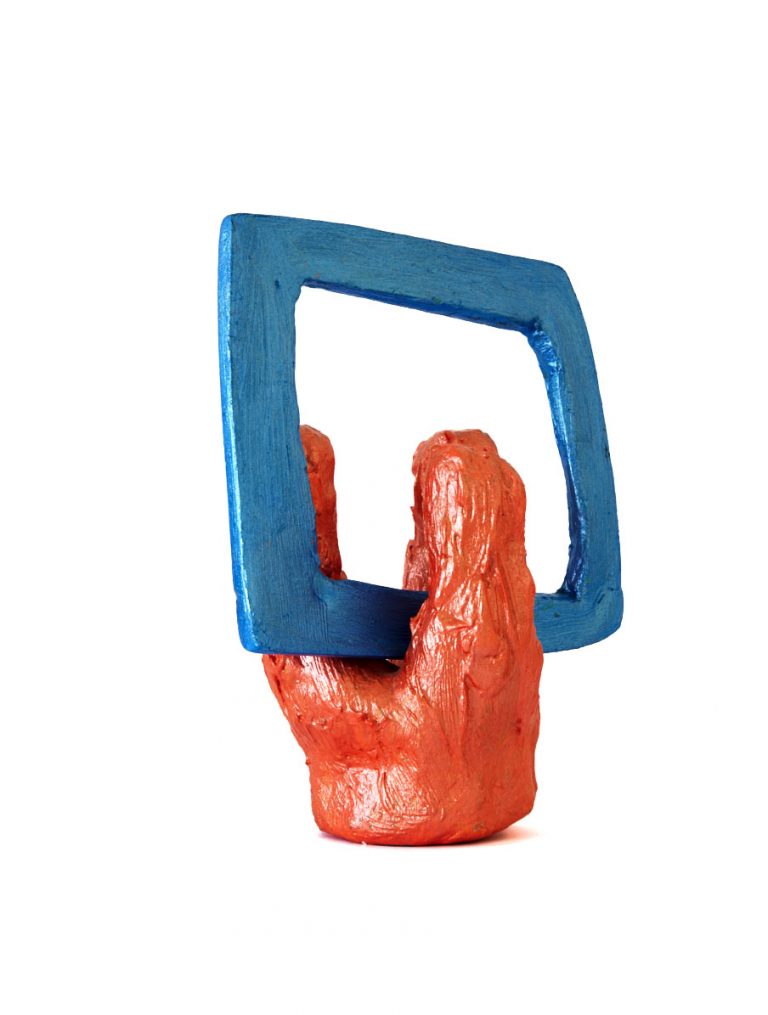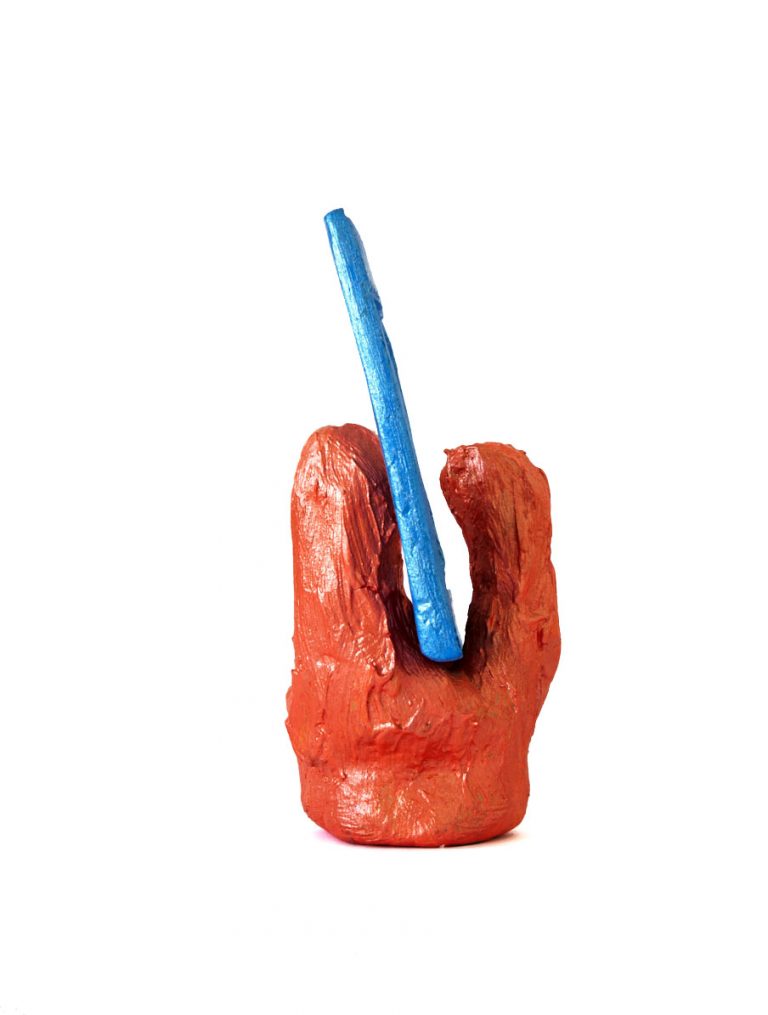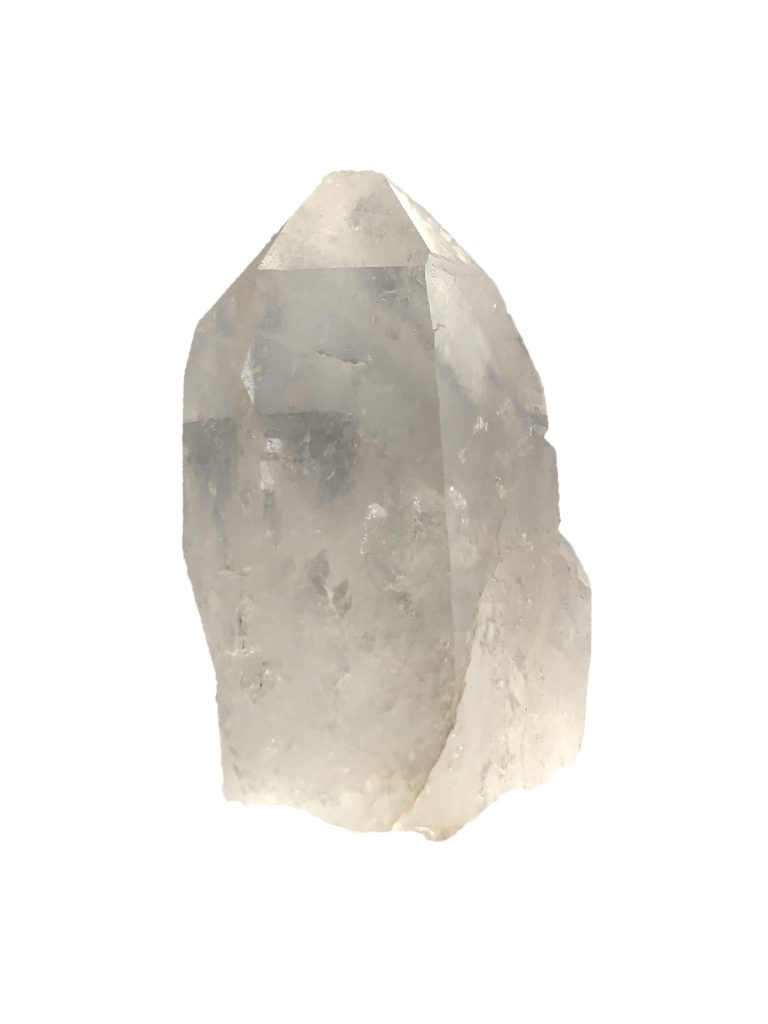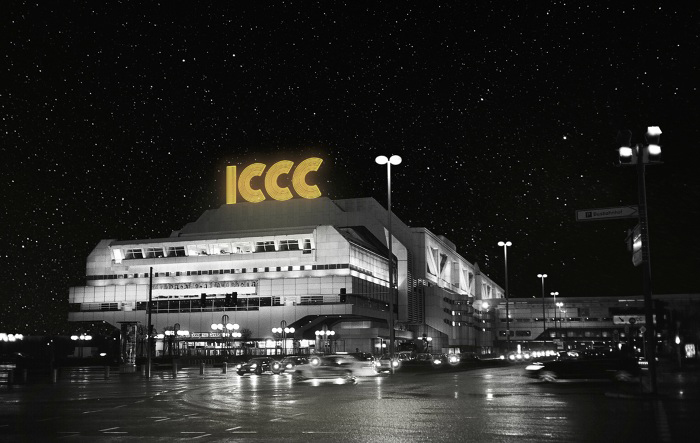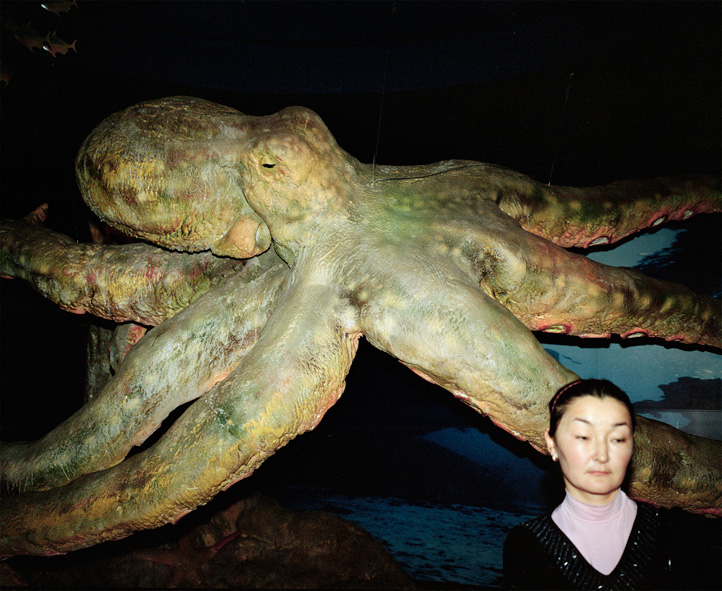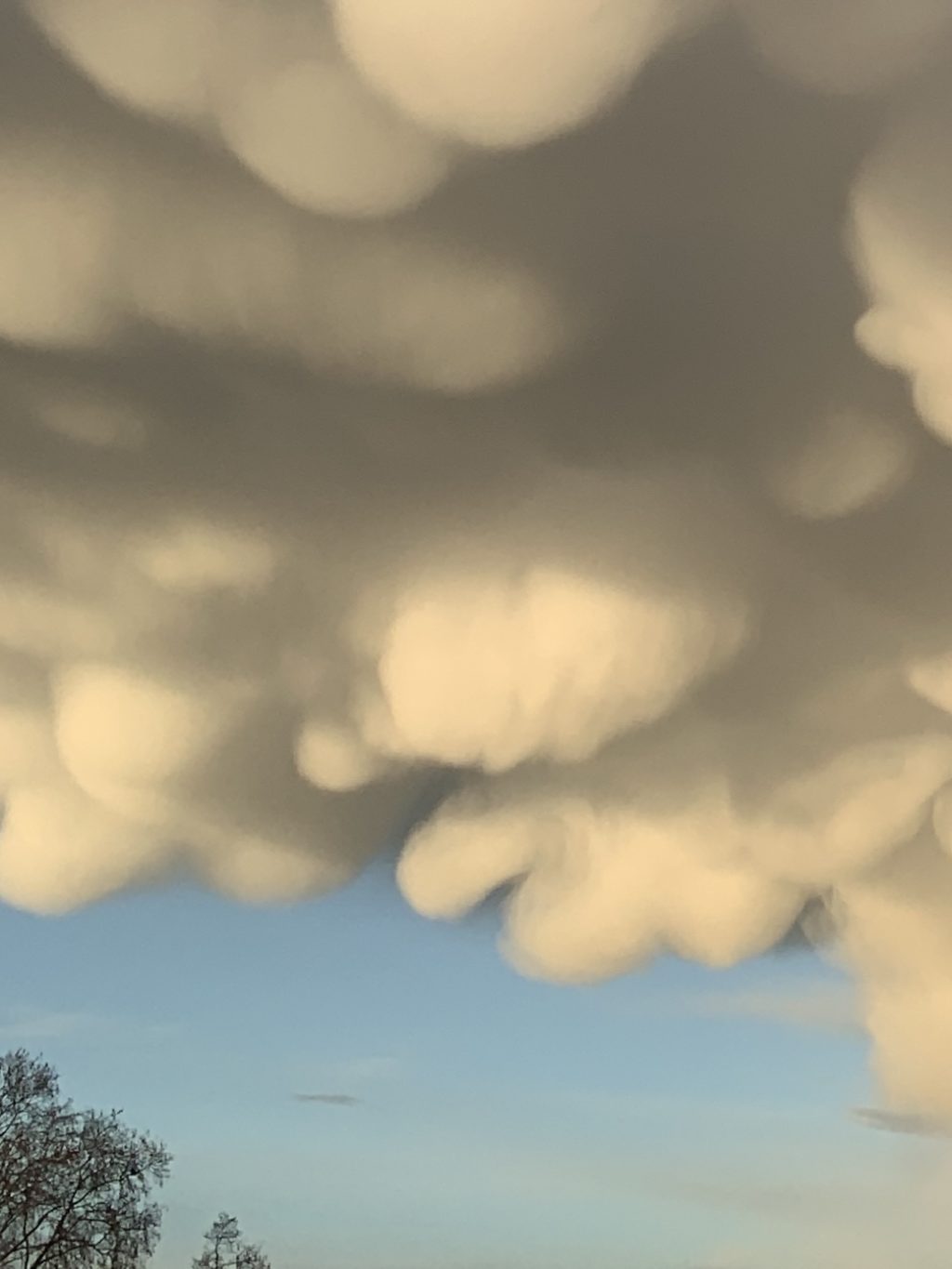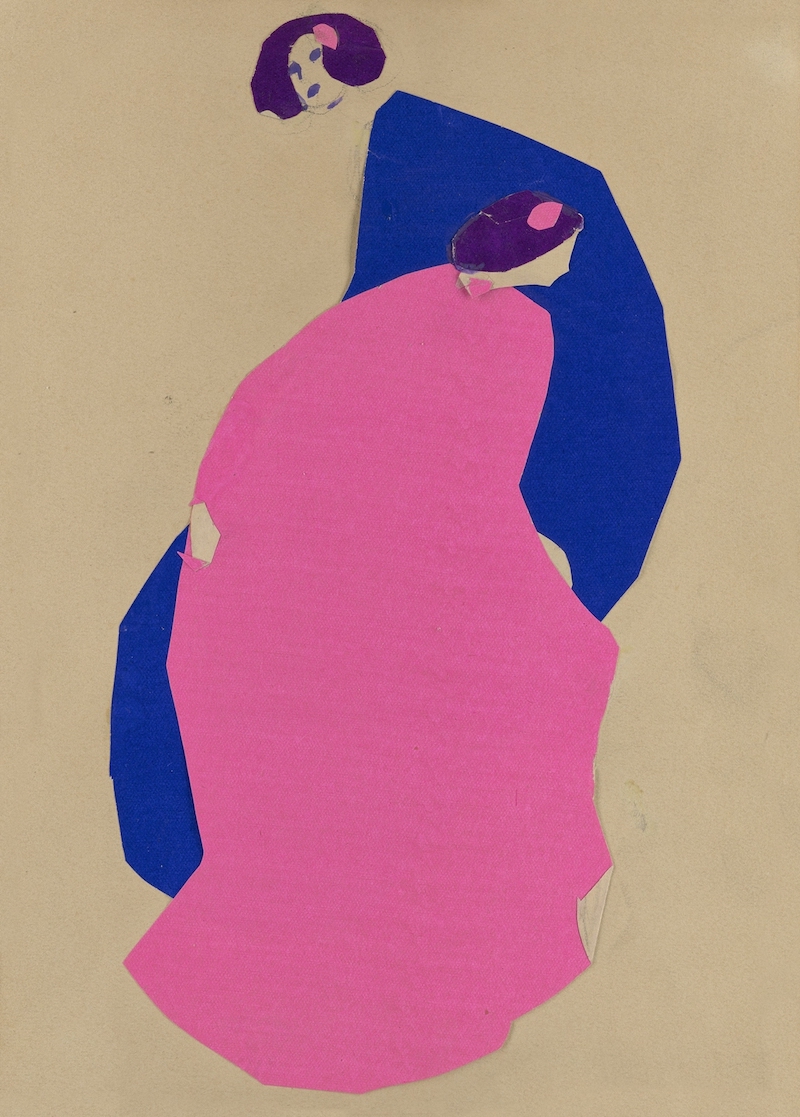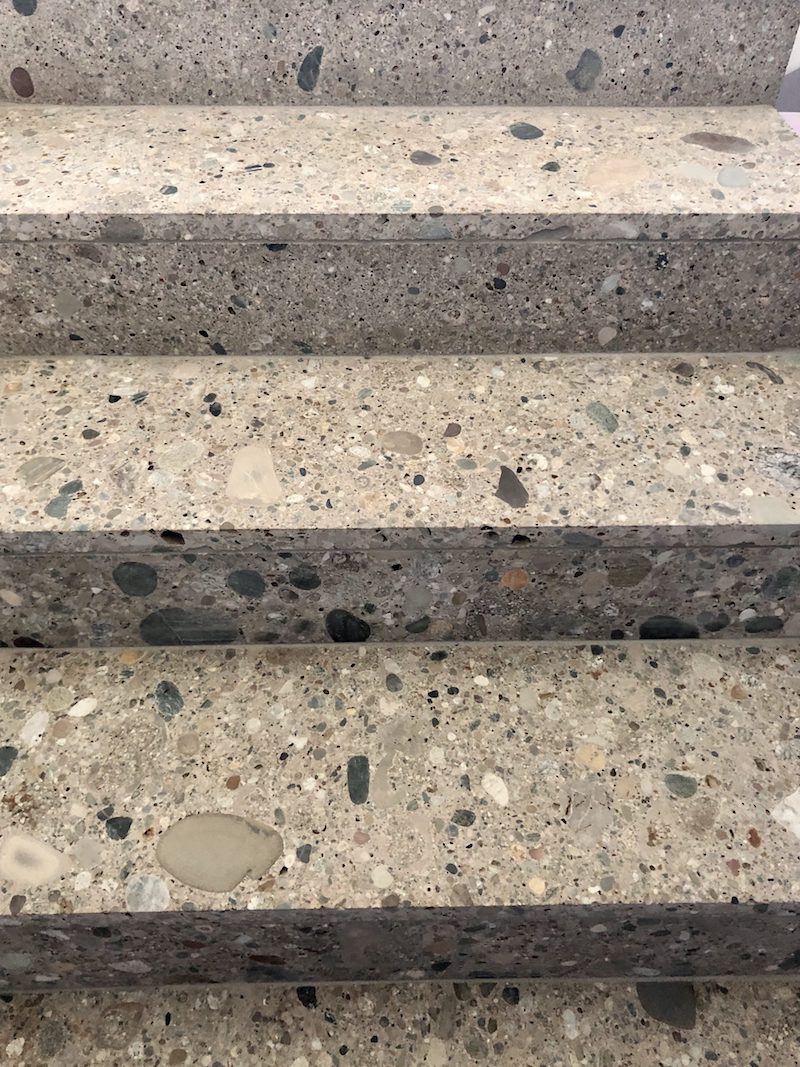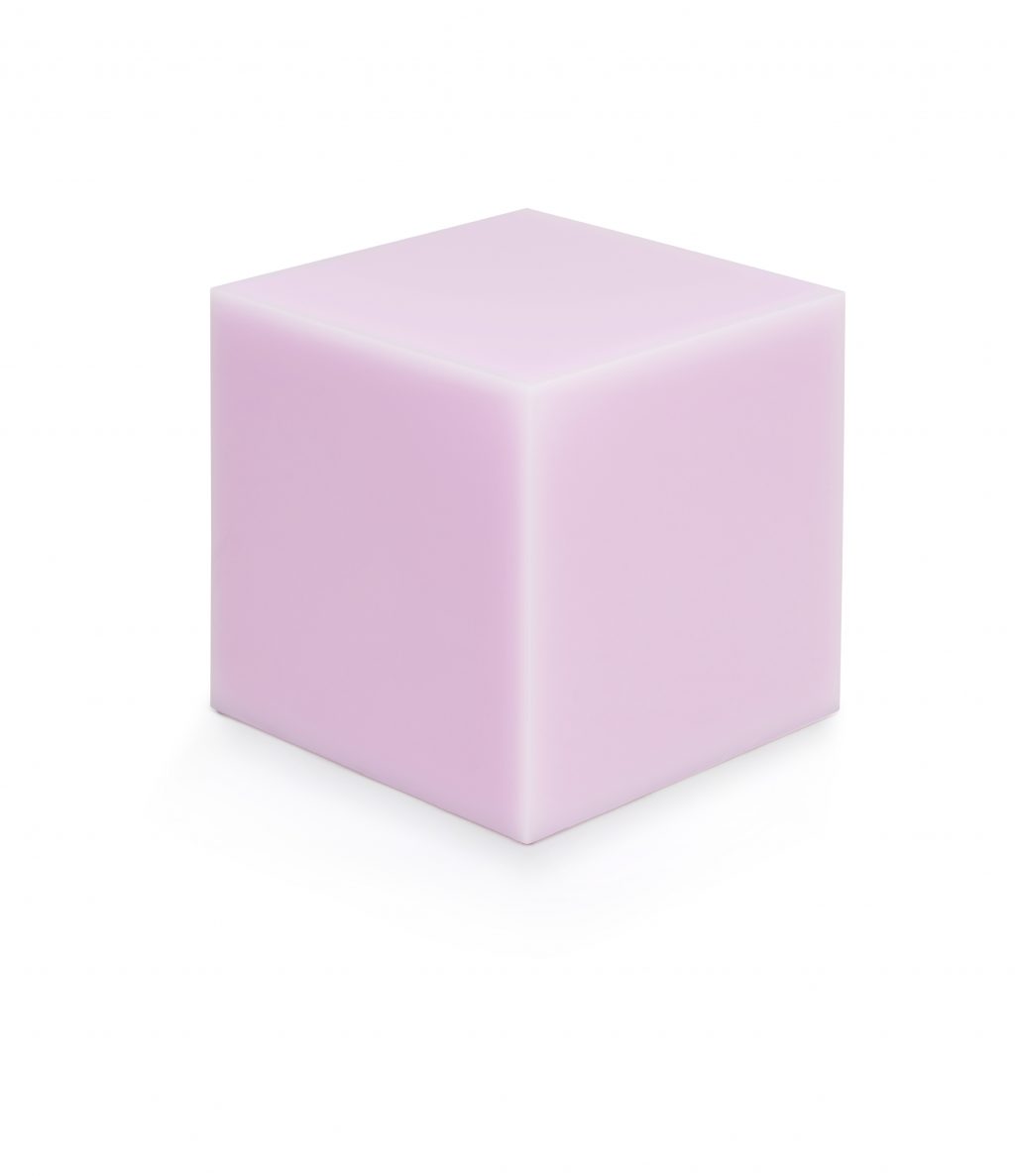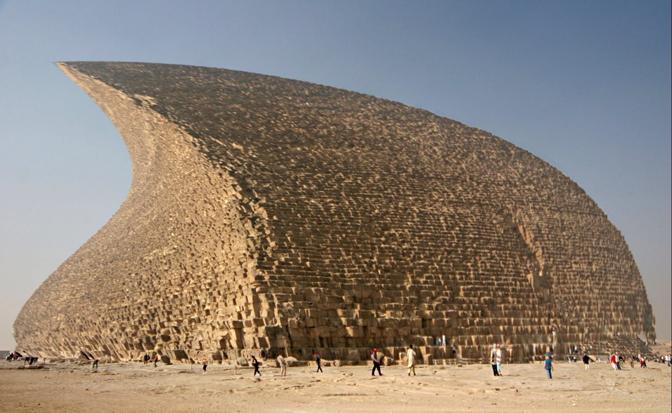The autumn of 2015 marks the second collaborative project between four of Berlin’s leading art institutions: Berlinische Galerie, Deutsche Bank KunstHalle, KW Institute for Contemporary Art, and Nationalgalerie – Staatliche Museen zu Berlin will present a total of four thematically related and coinciding exhibitions. Titled STADT/BILD (Image of a City), the project approaches the notion of “the city” as thematic cluster from various perspectives.
TOMÁS SARACENO – AEROCENE GRAND PALAIS / PALAIS DE TOKYO
Tomás Saraceno’s project Aerocene is a series of air-fueled sculptures that will float in the longest journey around the world without engines. Inflated by air, lifted by sun and carried by wind, the project questions ,and seeks answers to our current troublesome dependency on fossil and hydrocarbon fuels and pollution – a topic that places Aerocene at the core of the United Nations Climate Change Conference COP21.
ABRISS-ATLAS BERLIN
The Berlin “Brachflächenatlas” was once a playground and inspiration to many architects and builders. Today nearly all gaps in the city’s landscape are filled; the spaces that once characterised the city have disappeared. For the first edition of Abriss-Atlas Berlin, ten Berlin journalists and authors explore the capital’s mixed architecture and offer perspectives for new spaces. In a playful tone, the authors unveil their selected sites for demolition including the O2 Arena, Potsdamer Plats and the Siegessäule.
VOM ICC ZUM ICCC, INTERNATIONAL CENTER FOR CONTEMPORARY CULTURE BERLIN
The ICC, a 38-year-old architectural Gesamtkunstwerk, is one of the most important international buildings in Berlin. Maintained and remodeled, the ICC could now become the ICCC, the international center for contemporary culture. It will accommodate art performances, co-working spaces and studios, a hotel, a restaurant and cafes. „What is needed is a catalyst for the meeting of worlds that represents and is part of our journey into the future.” Sophie Lovell.
MARRAKECH BIENNALE 5
The fifth edition of the Marrakech Biennale raises the question Where are we now?via four mediums: visual arts, cinema/video, literature and performing arts. Marrakech developed hundreds of years ago into one of the main cultural and religious centres of the Maghreb. A cultural pole in Morocco, the Maghreb, Africa and with connections to the Middle-East; Marrakech is in the middle of a transition phase into the global scene.
WINTER – CENTRAL ASIAN PAVILION, 55TH INTERNATIONAL ART EXHIBITION – LA BIENNALE DI VENZIA
Central Asian Pavilion unfolds six spectacles by artists from Kazakhstan, Uzbekistan, Tajikistan and Kyrgyzstan. The site-specific installations explore themes reminiscent of the Soviet era, ideologies, monuments and state propaganda. The Pavilion opened to the art world during the preview of the Biennale di Venezia, along the forum ‘Perspectives Beyond Stagnation’ which is held in partnership with the Lofoten International Art Festival.












